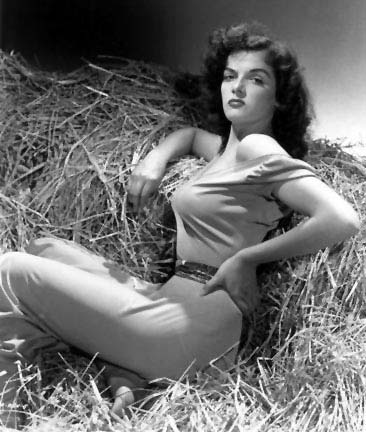The Renaissance theories about eyes and pneuma depend on a natural relation between the eyes and the underlying physical world. For instance, a person could not give someone the evil eye simply by painting their own eyes with pigment. The cause of the affliction must lie in the nature of the person who passes on this curse, and not in some extraneous cause. Similarly, the eyes of the beloved must really transmit something of her soul through love’s arrows in order to ensorcle the lover. In this sense, pneumatic theories are natural theories.
In my readings for the preceding blog, however, I came across a curious origin for the name of the belladonna plant. According to some sources, the belladonna, an herb of the nightshade family, was once used as a cosmetic to dilate women’s pupils, which was believed to make them more attractive to men. The belladonna’s name, consequently, is ascribed to its association with beautiful women.
Deh, bella donna, che a’ raggi d’amore
ti scaldi, s’i’ vo’ credere a’ sembianti
che soglion esser testimon del core
Ah, fair lady, who warmest thyself in the rays of love,
if I may trust to looks
which are wont to be witnesses of the heart
–Dante, Purgatorio XXVIII
The practical power of the belladonna, in effect, replaces a spiritual theory of love with a psychological one, for the eyes no longer mirror the soul but instead can be manipulated and enhanced by other means. What is given by nature is transformed by art into something other, and the presuppositions about natural relations are undermined in the process, much as in the modern world, breast augmentation is preceived as displacing natural beauty with an artificial conception of what is beautiful. The analogy is sometimes drawn with the binding of women’s feet in China, a practice that was propelled by a cultural desire on the part of certain men for small feet as well as coercion by women who had already undergone the grueling procedure.
The case with foot-binding may be something different, however, since the goal in this case is not to make one thing appear to be something it is not, but which is also natural, for instance transforming small eyes into big eyes, but rather to transform one natural thing into something else that is unnatural, and culturally conditioned. Exceptionally large eyes, while unusual, do occur in nature, whereas feet folded over on themselves do not. Thus the former is an act of deception, while the latter, technically, is not.
For Aristotle, the senses can never be deceived. In On the Soul III:3 he states that “sensations are always true.” To explain deception, then, he extends the faculty of imagination beyond something that is merely present in revery, and instead makes it a part of everyday experience. To make this distinction between sense and imagination at the end of III:3, Aristotle draws on a distinction he made previously between special objects of sense and incidental objects of sense. As an illustration (which is then used in several other works) Aristotle contrasts the patch of white that we might see in the distance with the son of Diares (the son of Cleon is sometimes also used in these illustrations). The son of Diares is the incidental object of sense, while the patch of white is what we actually see. While we might be in error about the former, we cannot be so about the latter.
Aristotle makes the imagination an intermediary between sensation and thought, functioning both as a high-level kind of sensation, or as something that often accompanies sensation, as well as a low-level kind of thinking. Most interestingly, he ascribes this faculty of pseudo-thought to animals.
—tr. J.A. Smith
Contemporary biology supports the belief that animals not only have the faculty of imagination, and so are capable of being deceived, but goes further in suggesting that they also have the capacity to be deceivers. In their book, How Monkeys See The World, Dorothy Cheney and Robert Seyfarth provide empirical evidence about the mental lives of monkeys, apes, and other species, including their ability to mislead others, even without the ability to introspect, which is the core faculty that allows humans to form notions about the inner lives of other people, and in turn allows humans to present themselves in ways that manipulate those inner lives.
This behavior suggests Nietzsche’s analysis of the origins of ressentiment, through the exercise of which Nietzsche’s mass men are able to overcome his nobles since the latter are incapable of duplicity or even of understanding it. Ressentiment is a tool that allows not only for the levelling of society, but also allows the weak of Nietzsche’s philosophy to overcome the strong using mendacity and illusions. The power of ressentiment comes from the ability to shape the minds of others as well as the drive to do so. In animals, however, this special faculty seems to be absent. According to Cheney and Seyfarth, manipulations of this sort only affect behavior, not thoughts.
Perhaps the power of the belladonna, unlike that of Dante’s bella donna, is of a similar kind for, as Cheney and Seyfarth point out, the limits of great tit deception are striking.




